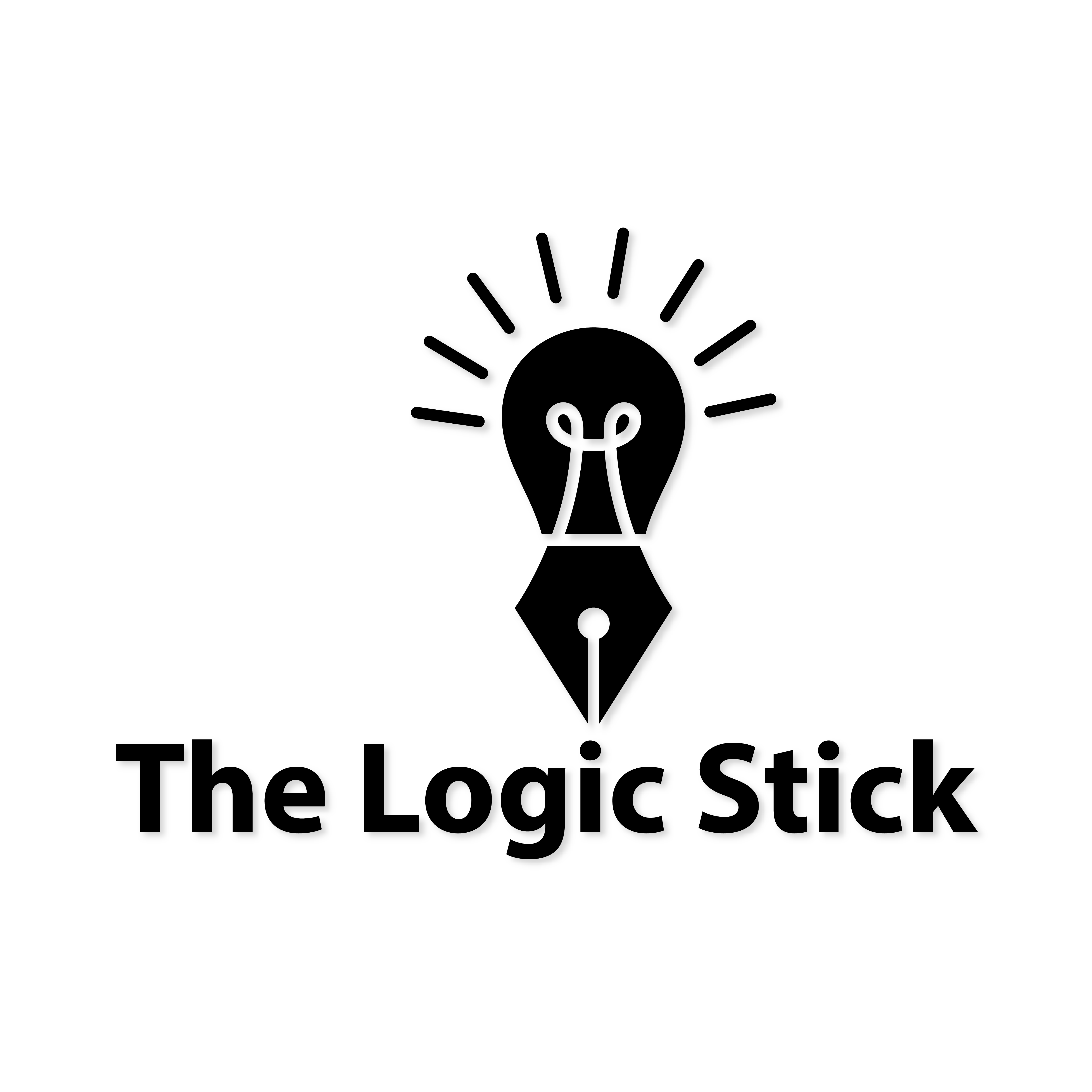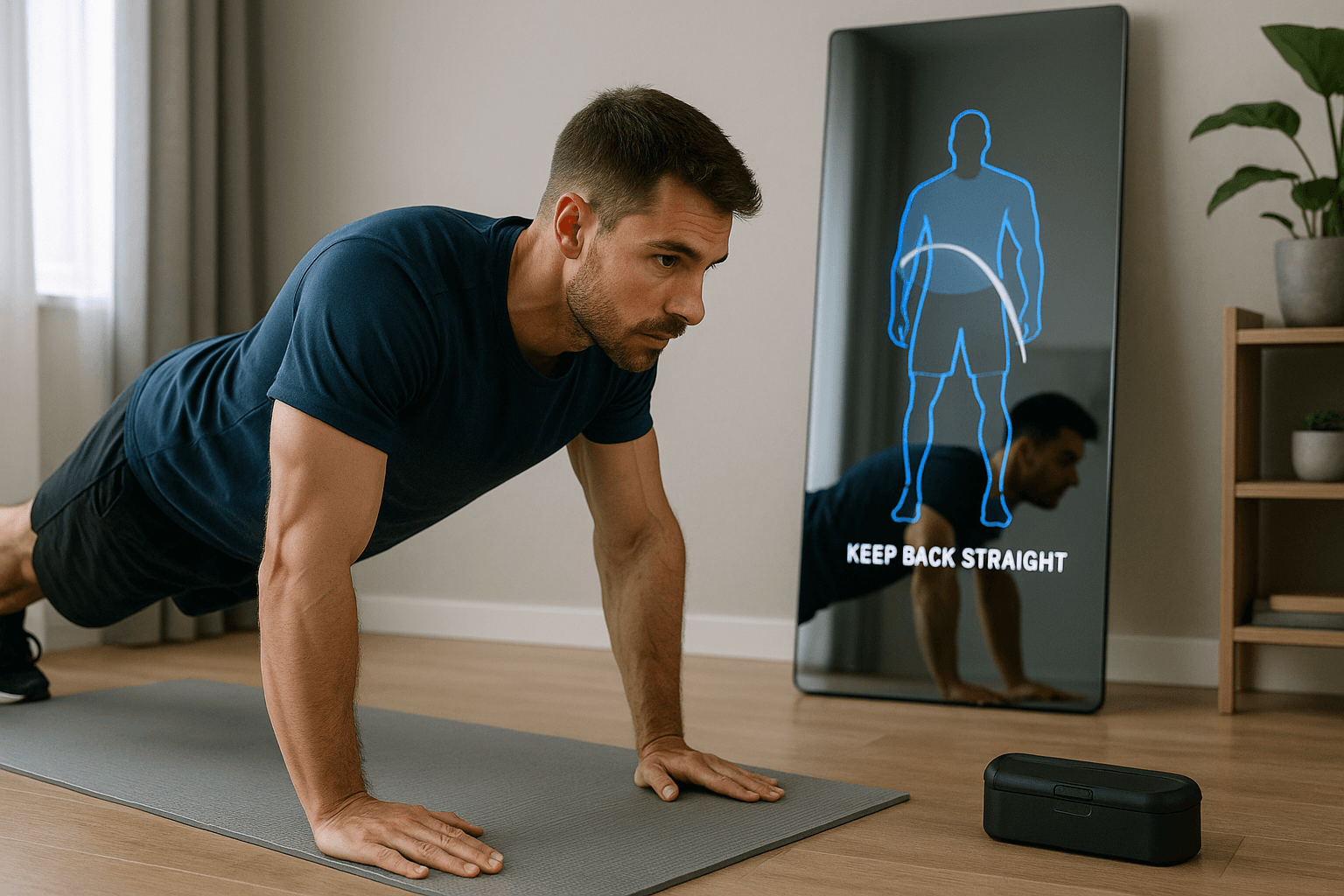Introduction: Your Next Coach Might Not Be Human
In 2026, it’s not surprising to hear someone say, “My coach is an AI.”
With the rise of AI-powered fitness apps and motion-tracking wearables, the idea of a physical personal trainer is being reimagined. AI personal trainers offer personalized plans, real-time form correction, voice guidance, and progress tracking — all from your smartphone or smart mirror.
But is an AI coach actually better than a human one? Can it push you with empathy, adapt to your mood, or sense burnout?
Let’s explore the science, benefits, drawbacks, and real-world implications of this fitness shift.
What Is an AI Personal Trainer?
An AI personal trainer is a digital fitness coach powered by artificial intelligence. It uses data from your:
- Smartwatches or fitness bands
- Bodyweight and body fat percentage
- Workout history and sleep cycles
- Video input (via phone camera or smart mirror)
…to generate personalized workouts, track progress, correct form, and provide instant feedback.
Also read – What is Metabolic Flexibility
Popular platforms include:
- Freeletics: Offers AI-powered adaptive workout plans
- Tempo Fit: Uses 3D motion tracking
- Future Fit: Blends human coaches with AI scheduling
- Fitbod: Generates strength-training plans from logged data
- Vi Trainer: Voice-guided AI for running and cardio
How AI Trainers Work: The Tech Behind the Trend

- Motion Detection Smart mirrors or smartphone cameras track your movement angles to provide real-time form corrections.
- Biometric Analysis Wearables provide data on heart rate, VO2 max, recovery time, and fatigue.
- Pattern Recognition AI learns your preferences, weaknesses, rest patterns, and consistency to adjust intensity or schedule rest days.
- Predictive Coaching Machine learning predicts when you’re likely to plateau or lose motivation, suggesting new routines or rewards.
The Logic: Can AI Outperform a Human Trainer?
Here’s a breakdown using simple reasoning:
| Factor | Human Trainer | AI Trainer |
|---|---|---|
| Availability | Limited by hours, holidays | 24/7, global access |
| Personalization | Based on memory and observation | Data-driven, granular adaptation |
| Cost | High (₹800–3,000/session) | Subscription-based (₹500–1,000/month) |
| Consistency | May vary based on mood or energy | Consistently data-led and unbiased |
| Empathy | Yes — understands emotional cues | Lacks human emotion and intuition |
| Real-time Feedback | Manual and verbal | Instant, visual + voice-based |
Conclusion: AI wins on logic, scale, and accessibility. But empathy and real-life human interaction still matter — especially for motivation and complex rehab.
Real-Life Example: Rohit’s AI Training Transformation
Rohit, a 29-year-old software engineer, struggled to maintain consistency due to a demanding schedule. He signed up for a smart mirror AI trainer that offered:
- 20-minute custom routines based on his calendar
- Real-time form correction using a phone camera
- AI reminders when he skipped workouts
- Weekly progress reports via WhatsApp
Six months later, Rohit dropped 7 kg, improved flexibility, and reported more mental clarity than ever.
Benefits of Using AI Personal Trainers
1. Hyper-Personalized Workouts
AI tailors every rep, set, and rest time based on your energy, past sessions, and goals.
2. Lower Cost, Wider Access
Affordable and scalable across age groups and geographies. Great for Tier 2 and Tier 3 cities in India.
3. 24/7 Availability
No scheduling hassle. Workout anytime, anywhere.
4. Objective Tracking
No guesswork. Progress is measured by real data — not memory.
5. Adaptable Plans
Injured or menstruating? AI can adjust intensity and type of training instantly.
6. Less Social Pressure
People uncomfortable with gym culture or judgment find AI trainers more private and supportive.
Also read – Why Microbiome Health is Future of Workouts
Downsides to Consider
1. No Real Human Empathy
AI can recognize patterns, but it cannot detect emotional burnout, depression, or social triggers.
2. Tech Dependence
Power failure, internet lag, or software bugs can interrupt consistency.
3. Not Ideal for Special Populations
Pregnant women, elderly users, or rehab patients often need manual supervision and touch-based adjustments.
4. Motivation Gaps
Even with smart nudges, not everyone feels inspired by an algorithm. Human encouragement still matters.
Future Outlook: Where AI Trainers Are Heading
- Emotion-aware training: Wearables detecting mood via heart rate variability (HRV)
- Voice-based AI coaches: Talk like a human, adapt tone and language
- Hybrid models: AI + human coaches for complex goals
- AI-based rehab and injury prevention tools
- Integration with diet, sleep, and stress apps
By 2027, fitness may become a fully integrated AI lifestyle coaching ecosystem.
Expert Insights: What Fitness Professionals Think
While AI is transforming training, many fitness experts believe it should complement human trainers, not replace them. Personal trainer Neha Singh from Mumbai shares, “AI is a fantastic tool for basic consistency and tracking, but emotional nuance, especially during rehabilitation or post-injury training, is something only a human can fully support.”
Meanwhile, coach Daniel Lopes from Bengaluru emphasizes, “AI can hold people accountable, but humans create community. Motivation is social — and machines haven’t figured that out yet.”
More Use Cases: Beyond Weight Loss
Corporate Wellness Programs
Companies like Google and Infosys are integrating AI fitness platforms into employee wellness initiatives, citing reduced absenteeism and improved mental health scores.
Rural Fitness Access
AI trainers are being piloted in remote schools in Maharashtra through smartphone-based fitness programs — helping teens build exercise routines without needing gym infrastructure.
Athletes and Data Precision
Elite athletes are using AI tools to analyze micro-fatigue markers, adjust sleep schedules, and fine-tune warm-up drills based on biometric fluctuations.
Logical Takeaway: When to Use an AI Trainer (and When Not To)
Use an AI Trainer if you:
- Need 24/7 flexible workout options
- Want form feedback but are camera-comfortable
- Live in a gym-scarce area
- Prefer tracking every rep, weight, and recovery stat
Avoid relying solely on AI if you:
- Are recovering from an injury
- Need emotional coaching or real-time adjustments
- Struggle with motivation without external accountability
Final Thought: It’s Not About Replacing Humans. It’s About Expanding Access.
AI personal trainers won’t eliminate the need for human fitness professionals. Instead, they act as powerful tools to democratize fitness, make coaching scalable, and help millions stay consistent.
The future isn’t human vs. machine. It’s human with machine.
AI personal trainers won’t eliminate the need for human fitness professionals. Instead, they act as powerful tools to democratize fitness, make coaching scalable, and help millions stay consistent.
The future isn’t human vs. machine. It’s human with machine.
Sign up for our exclusive newsletter!






